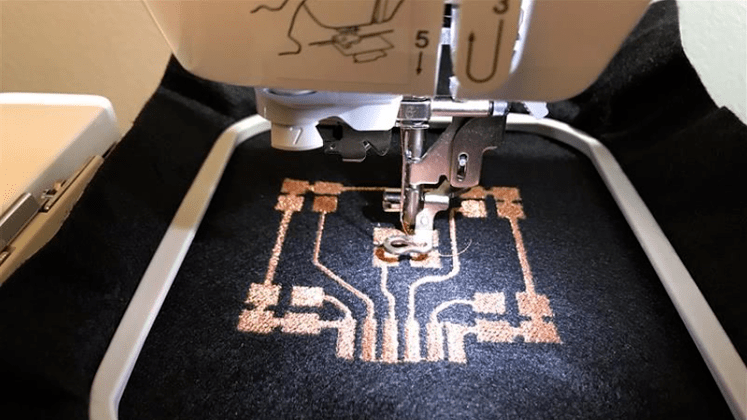Nextiles has announced to come up with a smart thread technology for the sports and performance market in order to capture biometric and biomechanics data.
The promising textile manufacturing startup is backed by the National Science Foundation (NSF) and Massachusetts Institute of Technology (MIT).
Nextiles blends traditional sewing techniques with printed circuit boards to make flexible materials with sensors embedded within fabrics, such as everyday sportswear.
Through its patent-protected manufacturing process, Nextiles’ fabrics allow for complete biomechanic and biometric sensing captured on one platform – no straps, rings, wraps or clunky attachments that only capture partial data.
The company also leverages the use of traditional sewing machines and commonly found threads, such as nylon or spandex. The threads used are semi-conductive which measure mechanical changes from multiple data points.
Nextiles differentiates its suite of data analytics by providing Newtonian measurements through its fabrics (force, bending, stretching, velocity, and pressure) to offer various sort of data (torque, power, fatigue, strain and much more) to athletes.
Further, the company provides clients with APIs and SDKs to stream data via Bluetooth in real-time and offers the ability for data to be stored locally and in the cloud.
“Modern sewing technology is almost 2,000 years old, but the industry in recent decades has been overlooked because our society believes we maximised its utility,” commented George Sun, CEO of Nextiles, adding, “However, at Nextiles, we are rekindling textile innovation, and more importantly doing it in what was once the sewing capital of the world, New York. One of the reasons we value fabrics over traditional circuit board technologies is our philosophy of building from the bottom-up – thread by thread. Our industry has coveted smartphones so much that we have grown to become content in wearing them as watches and straps. Rather, we should instead endow such powers to what we are most familiar with. Revolutionise our clothes, instead of miniaturising computer chips, by building on top of generation and time-tested fabric materials.”







